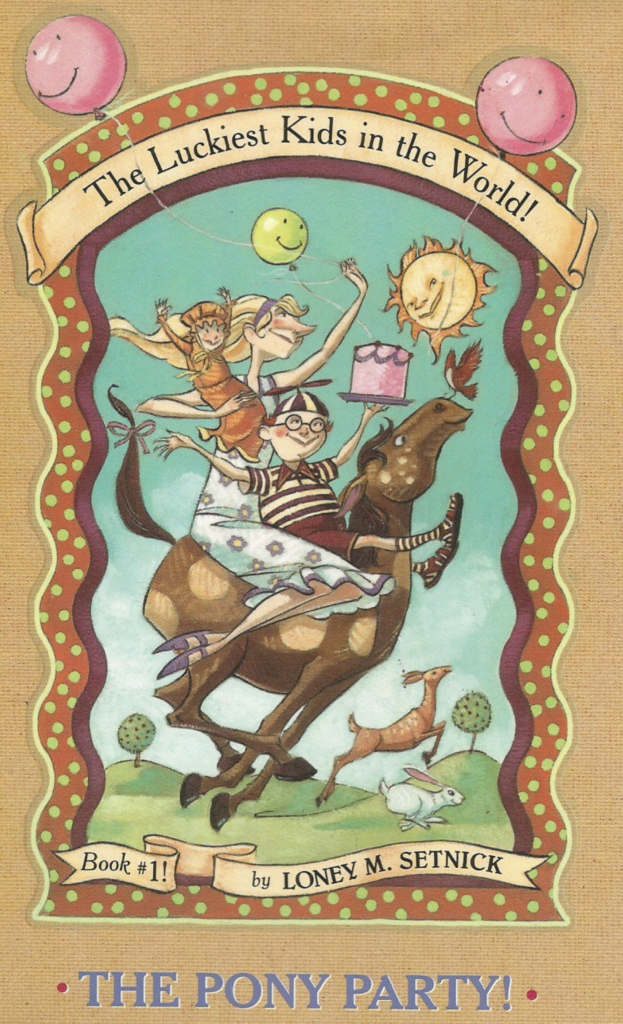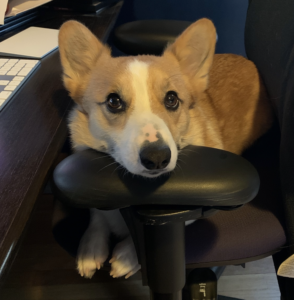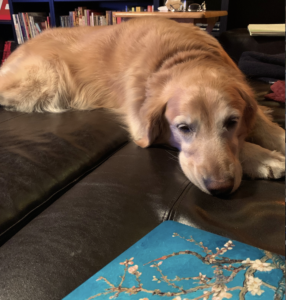 In broad strokes we know how the Ghost Series will end. Broad strokes don’t quite cut it, though, do they? Endings are important, the final ending most important of all.
In broad strokes we know how the Ghost Series will end. Broad strokes don’t quite cut it, though, do they? Endings are important, the final ending most important of all.
There are, generally speaking, three different ways to structure a series. The first approach is to take a big story and cut it into bite-size pieces. The second is one in which each book is a self-contained story with a distinct beginning and ending, with little forward movement or continuity from installment to installment. Third is the approach we prefer to write, a sort of hybrid of the first two. There’s an overarching story told through the whole series, but each novel tells a distinct section of that story. It’s not that each book stands on its own, but that each tells a satisfying story on its own. But that means that, by the time a reader gets to the end, it needs to build to something truly spectacular. The ending needs to mean it.
As we talk through the four books we’re planning for our Ghost Series, we keep circling back to the finale, filling in more detail. The most recent time we talked about it, we hit a bit of a wall. The fresh insights weren’t flowing. So, heeding our own advice, we set the ending aside and circled back to the beginning again. And lo! Looking at those two points back-to-back was just what we needed to do. It shone a spotlight on some thematic things that were there all along, just below the surface. As soon as we dragged them out and dusted them off, it sparked all sorts of ideas. Concrete ideas about actual actions our characters will take! Not that they’ll be happy about it, of course.
We’re certainly not done with the ending. It will continue to grow and evolve as we work our way through the four books. By revisiting it from time to time throughout our process, we can refine it, and keeping it fresh in our minds gives us something to aim for as we plot.
Four novels worth of story is a ton to keep track of, but having a writing partner makes it a little easier. And a lot more fun.
![]() The plot rainbow for Ghost Novels, Book 2 is done. On to Book 3!
The plot rainbow for Ghost Novels, Book 2 is done. On to Book 3!


